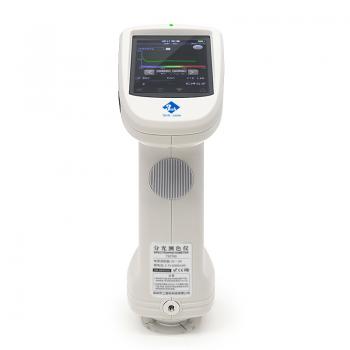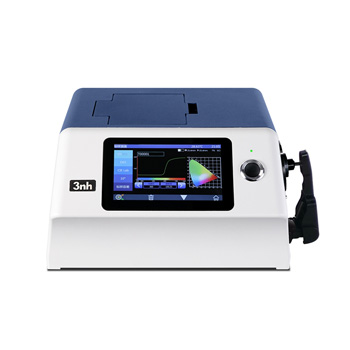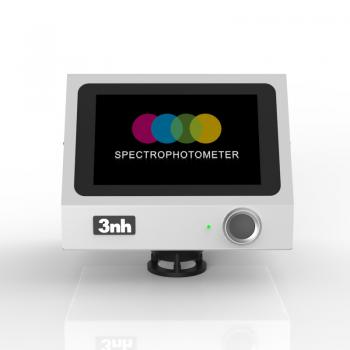Liquid Pharmaceutical Color Detection
Color detection of liquid drugs is crucial in the pharmaceutical industry. The color of liquid drugs is a key quality attribute that affects the appearance, quality, safety and stability of the product. Color changes may indicate chemical degradation, contamination or incorrect formulation . Color consistency is key to ensuring drug quality and safety, especially in liquid drugs, where color changes can affect the stability and effectiveness of the drug. Color detection helps ensure the consistency of the product's formulation, purity and storage conditions. Spectrophotometry is currently the most commonly used technology due to its precision and reliability, and is widely used to monitor and ensure color stability throughout the shelf life of liquid drugs.
The following are some of the more commonly used applications:
Injections and infusions : Ensure color consistency and avoid reduced potency due to degradation or contamination.
Oral liquid medicines : such as syrups, color detection prevents product degradation due to ingredient changes.
Biologics : Ensure color stability of vaccines and blood products to ensure product safety and effectiveness.
By using 3nh spectrophotometers to conduct rigorous color testing, pharmaceutical companies can ensure the high quality of liquid drugs, maintain patient safety and product credibility.








 0086 18165740359
0086 18165740359 764 Hits
764 Hits
 2024-09-02
2024-09-02



 Skype Online
Skype Online